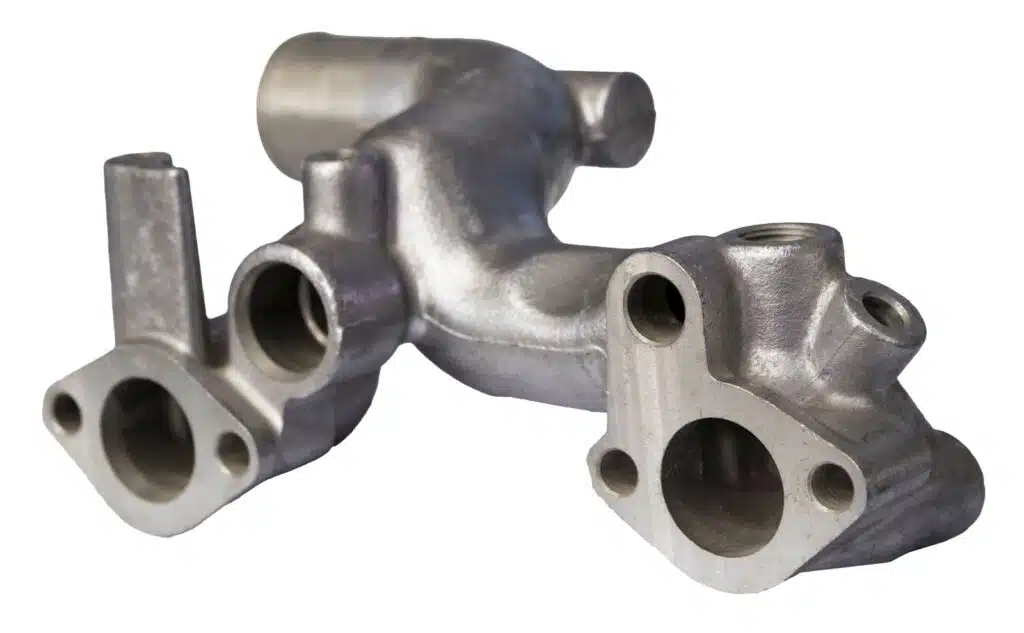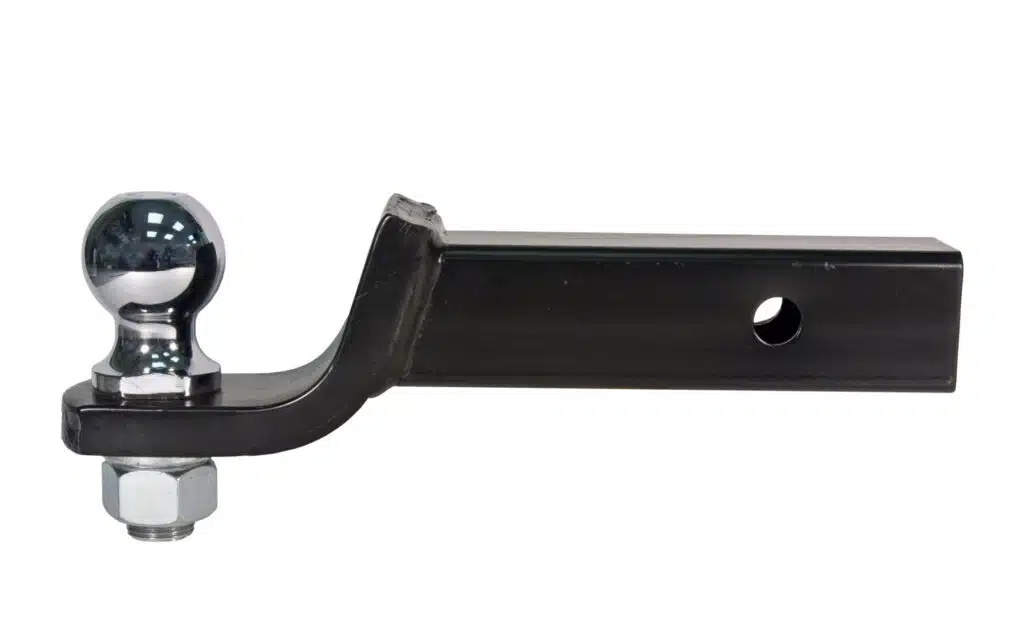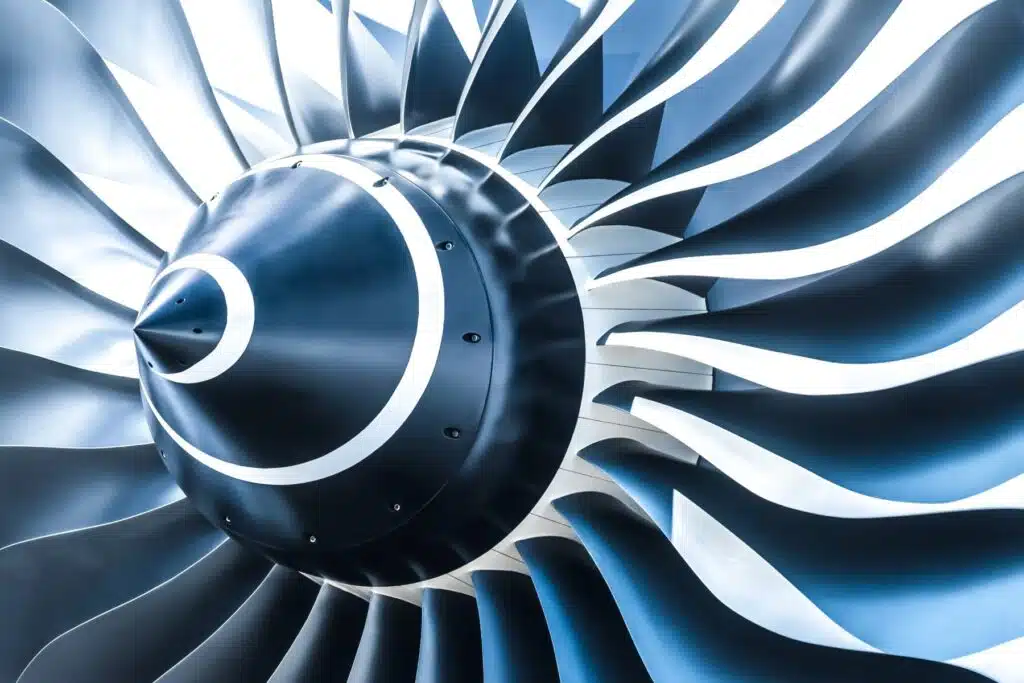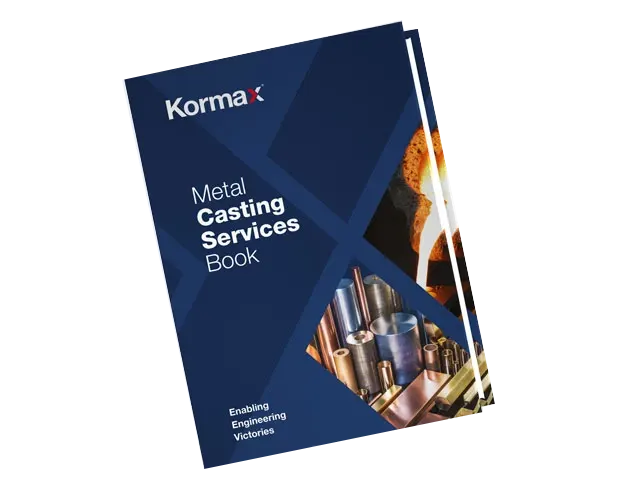Something to remember next time you consider a manufacturing process.
This blog explains the economic benefits and advantages of casting components instead of using forged materials and the metallurgical aspects you need to consider.
Introduction
Casting and forging are two of the most common manufacturing processes used to create metal components. Both processes have their own advantages and disadvantages, and the choice between the two largely depends on the specific requirements of the final product. In recent years, however, there has been a growing trend towards casting, as it offers numerous economic benefits over forging. In this blog, we will explore the advantages of casting over forging, with a particular focus on the benefits of grain structures in cast components.
Advantages of Casting over Forging
1. Lower Cost
Casting is generally less expensive than forging, primarily due to the fact that it requires less material and is a less complex process. In forging, a block of metal is heated and then shaped by applying pressure, often with the use of a die. This process can be time-consuming and requires a significant amount of energy. Casting, on the other hand, involves pouring molten metal into a mould and allowing it to cool and solidify. This process is much simpler and requires fewer resources, making it a more cost-effective option.
2. Greater Design Flexibility
Casting also offers greater design flexibility than forging, as it allows for more intricate and complex shapes to be created. In forging, the metal is shaped primarily by the die, which limits the design options. Casting, however, allows for more intricate and detailed designs to be achieved, as the molten metal can flow into every nook and cranny of the mould.
3. Improved Surface Finish
Casting also typically results in a smoother and more polished surface finish than forging. In forging, the metal is compressed and stretched, which can cause surface imperfections such as cracks and blemishes. Casting, on the other hand, produces a smoother surface finish, as the molten metal fills the mould evenly and solidifies uniformly.
4. Reduced Waste
Casting also produces less waste than forging, as it allows for greater precision in the manufacturing process. In forging, the metal is shaped by the die, which can result in excess material being wasted. Casting, however, allows for more precise control over the amount of material used, which reduces waste and saves on costs.

Sand Casted Complex Shapes

Forged Simple Shape
Benefits of Grain Structures in Cast Components
In addition to the above advantages, casting also offers specific benefits in terms of grain structures. Grain structure refers to the arrangement of atoms within a metal and can have a significant impact on the properties and performance of the material. In cast components, the grain structure can be controlled and manipulated to achieve specific desired properties, such as increased strength or improved ductility.
1. Fine Grain Structure
Casting can produce a fine and uniform grain structure, which can result in improved strength and toughness. In forging, the grain structure can be distorted and elongated, which can weaken the material. In casting, however, the molten metal solidifies uniformly within the mould, resulting in a more uniform and consistent grain structure.
2. Directional Solidification
Casting also allows for directional solidification, which can result in improved properties in certain areas of the component. Directional solidification refers to the controlled cooling of the molten metal, which can result in a more uniform and consistent grain structure in specific areas of the component. This can be particularly beneficial in areas that are subject to high stress or wear, as it can improve the overall strength and durability of the component.
3. Heat Treatment
Casting also allows for greater control overheat treatment, which can further manipulate the grain structure and properties of the material. Heat treatment involves heating the metal to a specific temperature and then cooling it at a specific rate, which can result in changes to the grain structure and properties of the material. In casting, the grain structure can be manipulated through heat treatment to achieve specific desired properties, such as increased strength.
4. Improved Corrosion Resistance
The grain structure of cast components can also improve their corrosion resistance. A fine and uniform grain structure can result in a more homogenous microstructure, which can make the component more resistant to corrosion. In addition, directional solidification can also help to reduce the formation of dendritic structures, which can be more susceptible to corrosion.
5. Reduced Machining Costs
Finally, the fine and uniform grain structure of cast components can also reduce machining costs. Machining involves removing excess material from a component to achieve the desired shape and size. However, if the grain structure is inconsistent, this can result in uneven wear on the cutting tool and the need for frequent tool changes. In contrast, the fine and uniform grain structure of cast components can result in a more consistent and predictable machining process, which can reduce costs and increase efficiency.
Case Study: Investment Casting in Aerospace
Investment casting is a type of casting process that involves creating a wax pattern of the desired component, which is then coated with ceramic material and heated to create a mould. Molten metal is then poured into the mould and allowed to solidify, resulting in a high-quality, complex-shaped component. Investment casting is particularly useful in the aerospace industry, where components must be lightweight, strong, and durable.
One example of the benefits of investment casting in aerospace is the production of turbine blades for jet engines. Turbine blades must withstand high temperatures and stresses, while also being lightweight and aerodynamic. Investment casting allows for the creation of intricate blade designs, which can improve engine performance and efficiency. In addition, investment casting can produce a fine and uniform grain structure in the blades, which can improve their strength and durability.

Conclusion
In conclusion, casting offers numerous economic benefits over forging, including lower cost, greater design flexibility, improved surface finish, and reduced waste. In addition, the grain structure of cast components can be controlled and manipulated to achieve specific desired properties, such as increased strength or improved corrosion resistance. Casting is particularly useful in industries such as aerospace, where components must be lightweight, strong, and durable. As technology continues to advance, it is likely that the trend towards casting will continue, as it offers numerous advantages over other manufacturing processes.

